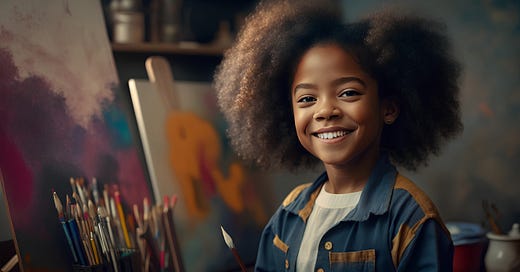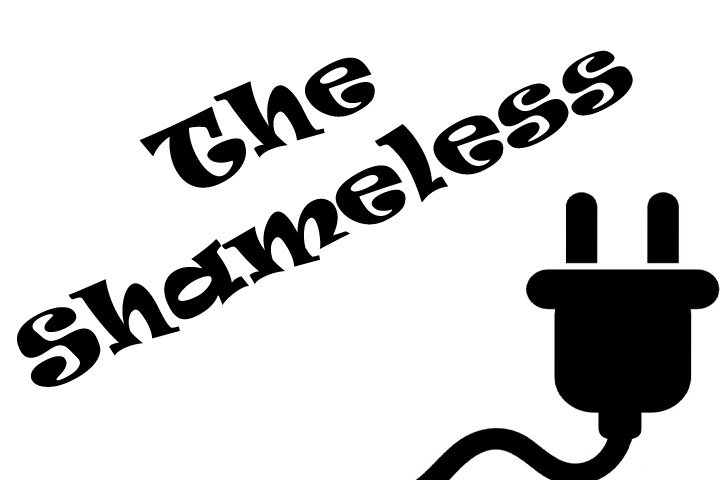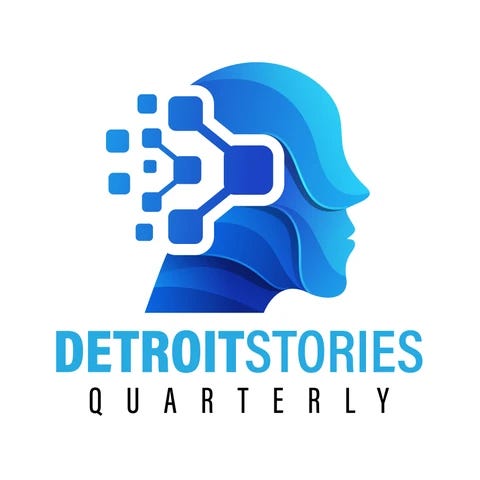Photo Credit
Issue #346: Education June 21, 2023
It was recently announced that standardized test scores in reading and math fell a long way after students and teachers returned to the classroom after COVID. Republicans who did not believe in closing schools and mask mandates during COVID are blaming Democrats for the lower scores.
Instead of pointing fingers, how about finding solutions that will help raise the scores?
I am a huge proponent of incorporating art and music into the school curriculum at all levels.
Unfortunately, arts education often takes a back seat to the emphasis on teaching science, math, and technology.
Studying art and music has been shown to have a positive impact on student academic performance in all subjects. This is because art and music help to develop cognitive skills such as problem-solving, critical thinking, and creativity. These skills are transferable to other subjects, such as math and science, where students are required to analyze and solve complex problems.
Additionally, studying art and music can improve students' memory, attention, and language skills, which can also benefit them in other subjects. For example, learning to read music can help students develop their language skills while creating art can enhance their visual-spatial abilities.
Please make sure to view and act on the important information at the end of this article to help support “We Are Speaking.” Thank you!
STEM education and STEAM education, while similar in many ways, have distinct differences that set them apart. STEM education focuses on the fields of science, technology, engineering, and mathematics, while STEAM education adds the arts to the mix, emphasizing creativity and design thinking as crucial components in problem-solving.
The addition of the arts to STEM education is becoming increasingly popular, as it is recognized that creativity and innovation are essential in today's workforce. By incorporating the arts into STEM education, students are given a more well-rounded education that prepares them for a wider range of careers.
Including arts education in a public school curriculum can be done in many ways. One example is through the use of project-based learning, where students are given a problem to solve and are encouraged to use their creativity to find a solution. For example, a science class could be tasked with designing a sustainable energy source for their school, and students could use their artistic skills to create a visual representation of their design.
Another example is the use of interdisciplinary units, where multiple subjects are combined to create a more comprehensive learning experience. For example, a unit on the human body could include lessons on anatomy, biology, and art, with students creating anatomically correct drawings or sculptures.
Arts education can also be incorporated into STEM education through the use of technology. For example, students could use digital tools to create animations or interactive models that demonstrate scientific concepts.
In conclusion, while STEM education and STEAM education share many similarities, the inclusion of the arts in STEAM education opens up a wider range of career opportunities for students and emphasizes the importance of creativity and innovation in problem-solving.
By incorporating arts education into a public school curriculum through project-based learning, interdisciplinary units, and technology, students can receive a more well-rounded education that prepares them for the challenges of the future.
Let us know your thoughts about what new information you learned in the comments or in the Substack Notes feature.
You can always leave any questions in the comments or email us.
This article is free to access for 7 days after publication. Please consider becoming a paid subscriber for $5/month or less to access all of the articles and other benefits.
This is your chance to support everything Keith and Pam do. We appreciate you!
Purchase and download your copy of the “Branding And Marketing For The Rest Of Us” eBook for Independent Authors and Creative and Solo Professionals and other valuable eBooks.
Enroll in one of the 6-course bundles designed especially for you: “Author and Book Marketing” and/or “Essential Creative Marketing.”
Purchase your copies of “Detroit Stories Quarterly” issues.
What else do Keith and Pam do?
Where else can you find us?
Click the link below to learn everything you need to know and review everything we offer for independent writers and creative and solo professionals.








